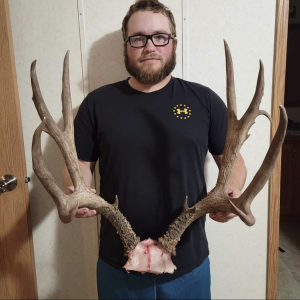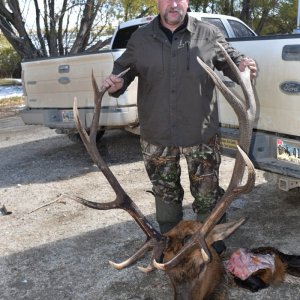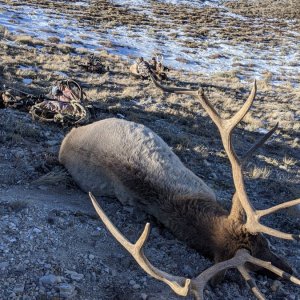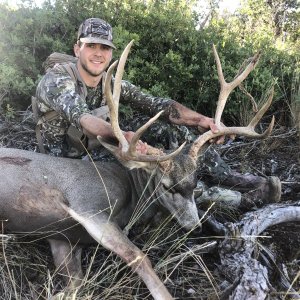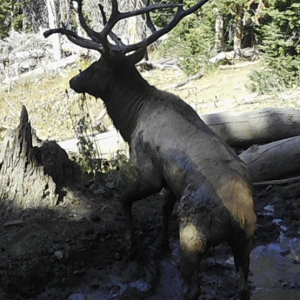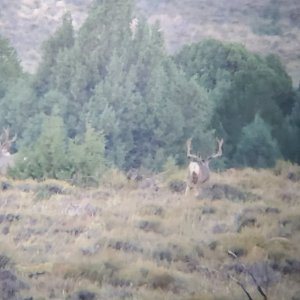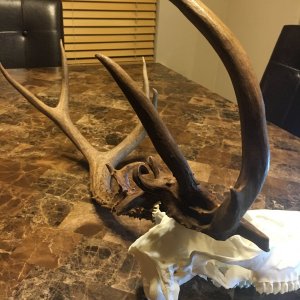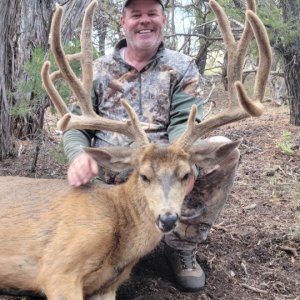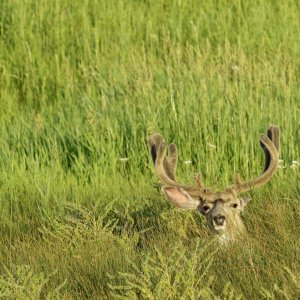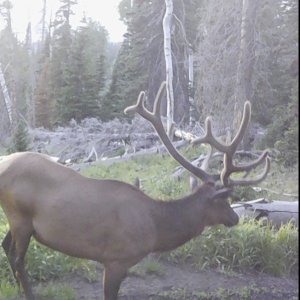Hiker of the Woods
Active Member
- Messages
- 623
The Wildlife Society: Feral Horse Advocates Declare Horse ?Native? to North America
Feral Horse Advocates Declare Horse ?Native? to North America
Thu at 3:31pm
In a recent Los Angles Times editorial, Jack Carone, CEO of Return to Freedom, a feral horse advocacy organization, boldly declared the modern horse native to North America. This is a new tactic for animal rights extremists. Their reasoning: The public might support efforts to control popualtions of destructive non-native animals, but not native animals, which must be protected at all costs. This, of course, isbad reasoningas well; populations of many species of native wildlife, such as snow geese and white-tailed deer, must be controlled when they become overabundant and impact other species and their habitats.
The public?s confusion about this particular issue is not surprising. Some biologists, like Jay Kirkpatrick and Patricia Fazio, have supported a prohibition on the lethal control of feral horse populations, arguing that the last extinctions of Equus in North America occurred a mere 10-13,000 years ago. They cite studies of Anne Forsten of the University of Helsinki, which suggest that the Yukon horse (Equus lambei), whose relatively intact remains were discovered in permafrost, is ?genetically indistinguishable? from the modern horse.
These biologists contend that from a ?biological perspective,? horses are more appropriately considered native fauna and not non-native interlopers. However, this conclusion is debatable. Many, if not most, biologists are still uncomfortable with this notion and all federal and state agencies still classify the modern horse as an introduced species. Even very small genetic variations can result in huge physical and behavioral differences. Take humans (Homo sapiens) and chimpanzees (Pan sp.), for example, which share over 98% of their genomes. Based on our genetic similarities, some taxonomists have argued that great apes be classified in the genus Homo, but there are vast differences between humans and great apes. One has gone to the moon and written symphonies and the other uses sticks to probe in termite mounds. In addition, historical context no doubt means something. The North American landscape and its inhabitants?even the horse itself?were very different in the Pleistocene when the fauna also included giant sloths, mammoths, and mastodons. The Yukon horse itself was comparatively small, standing only four feet tall at the withers. Perhaps even more important, however, the guild of predators that preyed on the Yukon horse and kept its numbers in check was very different. Predators included not only the gray wolf (Canis lupus) and lynx (Felis canadensis), which are still around today, but also three extinct species?two large cats, the scimitar cat (Homotherium serum) and the American lion (Panthera leo atrox), and the short-faced bear (Arctodus simus). Although some, like American paleoarchaeologist Paul Martin, have fancied the idea of restoring a ?Pleistocene fauna? to the western United States, can we seriously contemplate reintroducing elephants and lions to the North American landscape?
Like it or not, regardless of whether they are considered native or non-native, feral horse populations must be managed. And that means we need a more effective and realistic policy on the management of feral horses, one that must come to terms with population control. The alternative, that is, to let populations spiral out of control, can result in pervasive and deleterious environmental impacts. According to Tom Gorey, a BLM spokesman, ?If we allowed the exponential [population] increase, we would see the horses eating themselves out of house and home. We?d see destroyed wildlife habitat, erosion. This would be the equivalent of an ecological disaster.?
Legislative Action Center:
http://capwiz.com/ussportsmen/home/
Feral Horse Advocates Declare Horse ?Native? to North America
Thu at 3:31pm
In a recent Los Angles Times editorial, Jack Carone, CEO of Return to Freedom, a feral horse advocacy organization, boldly declared the modern horse native to North America. This is a new tactic for animal rights extremists. Their reasoning: The public might support efforts to control popualtions of destructive non-native animals, but not native animals, which must be protected at all costs. This, of course, isbad reasoningas well; populations of many species of native wildlife, such as snow geese and white-tailed deer, must be controlled when they become overabundant and impact other species and their habitats.
The public?s confusion about this particular issue is not surprising. Some biologists, like Jay Kirkpatrick and Patricia Fazio, have supported a prohibition on the lethal control of feral horse populations, arguing that the last extinctions of Equus in North America occurred a mere 10-13,000 years ago. They cite studies of Anne Forsten of the University of Helsinki, which suggest that the Yukon horse (Equus lambei), whose relatively intact remains were discovered in permafrost, is ?genetically indistinguishable? from the modern horse.
These biologists contend that from a ?biological perspective,? horses are more appropriately considered native fauna and not non-native interlopers. However, this conclusion is debatable. Many, if not most, biologists are still uncomfortable with this notion and all federal and state agencies still classify the modern horse as an introduced species. Even very small genetic variations can result in huge physical and behavioral differences. Take humans (Homo sapiens) and chimpanzees (Pan sp.), for example, which share over 98% of their genomes. Based on our genetic similarities, some taxonomists have argued that great apes be classified in the genus Homo, but there are vast differences between humans and great apes. One has gone to the moon and written symphonies and the other uses sticks to probe in termite mounds. In addition, historical context no doubt means something. The North American landscape and its inhabitants?even the horse itself?were very different in the Pleistocene when the fauna also included giant sloths, mammoths, and mastodons. The Yukon horse itself was comparatively small, standing only four feet tall at the withers. Perhaps even more important, however, the guild of predators that preyed on the Yukon horse and kept its numbers in check was very different. Predators included not only the gray wolf (Canis lupus) and lynx (Felis canadensis), which are still around today, but also three extinct species?two large cats, the scimitar cat (Homotherium serum) and the American lion (Panthera leo atrox), and the short-faced bear (Arctodus simus). Although some, like American paleoarchaeologist Paul Martin, have fancied the idea of restoring a ?Pleistocene fauna? to the western United States, can we seriously contemplate reintroducing elephants and lions to the North American landscape?
Like it or not, regardless of whether they are considered native or non-native, feral horse populations must be managed. And that means we need a more effective and realistic policy on the management of feral horses, one that must come to terms with population control. The alternative, that is, to let populations spiral out of control, can result in pervasive and deleterious environmental impacts. According to Tom Gorey, a BLM spokesman, ?If we allowed the exponential [population] increase, we would see the horses eating themselves out of house and home. We?d see destroyed wildlife habitat, erosion. This would be the equivalent of an ecological disaster.?
Legislative Action Center:
http://capwiz.com/ussportsmen/home/



